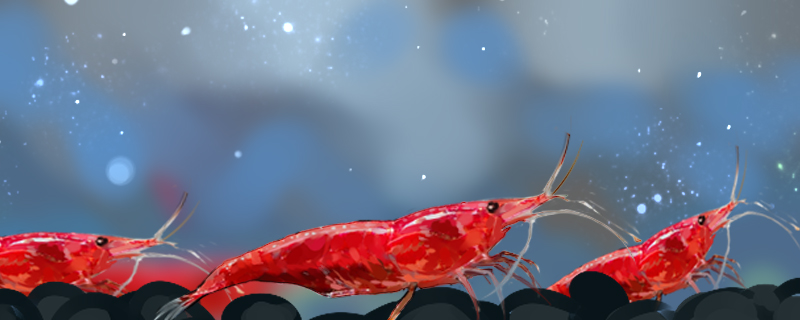
Usually, the cultured female shrimp will not eat the shrimps after reproduction because of the abundant food. In the wild environment, because of the lack of food itself, the mother shrimp will consume a lot of physical strength in the production process, so there will be predation of juvenile shrimp.
1. Pay attention to feeding: Newborn shrimps, like small fish, do not need to eat on the first day, and then they need to be fed. Usually they will feed on algae and microorganisms in the water body, can prepare some migratory water, can also grind shrimp food into powder, sprinkle it into the water to eat, but pay attention to filtration. Moss can also be planted in the tank, not only to provide food, but also to allow it to escape. In addition, you can also feed shrimp egg yolk, but you should wrap it with gauze and shake it slowly in the water.
2. Control of water temperature: For small shrimps, the temperature of the water body is very important. Never exceed 25 ℃, because its heat resistance is not as good as that of adult shrimps. A high temperature will lead to its death due to muggy heat. Therefore, it is necessary to control the temperature.
3. Change the water regularly: In order to ensure the water quality, like the cultured shrimp, it is necessary to change the water regularly. It can be changed once a day, but the amount of water to be changed should not be too much. Generally, it is enough to change one sixth. Changing the water can not only avoid the deterioration of the water quality, but also improve the dissolved oxygen in the water body, so that it can survive better.